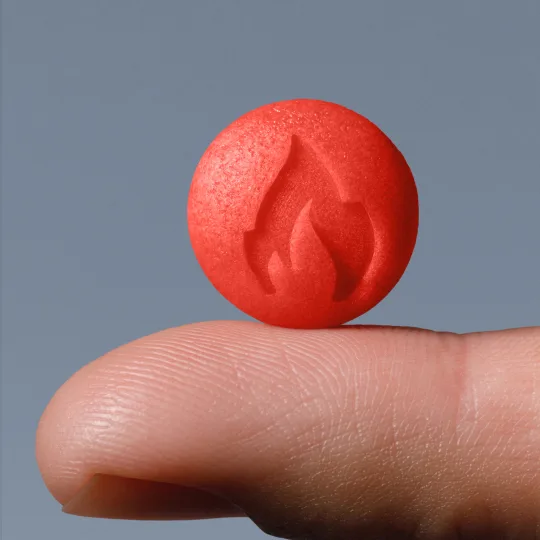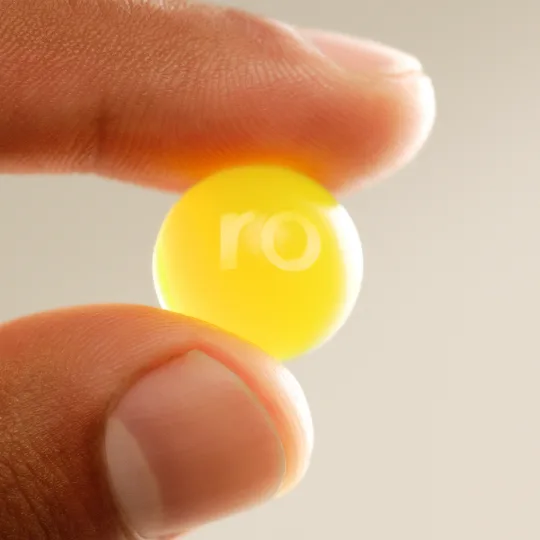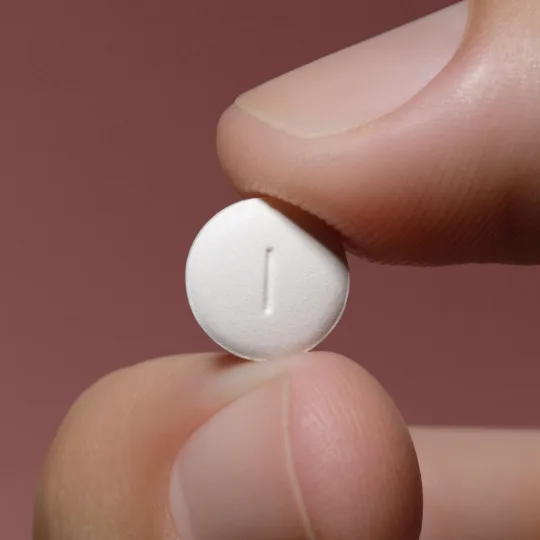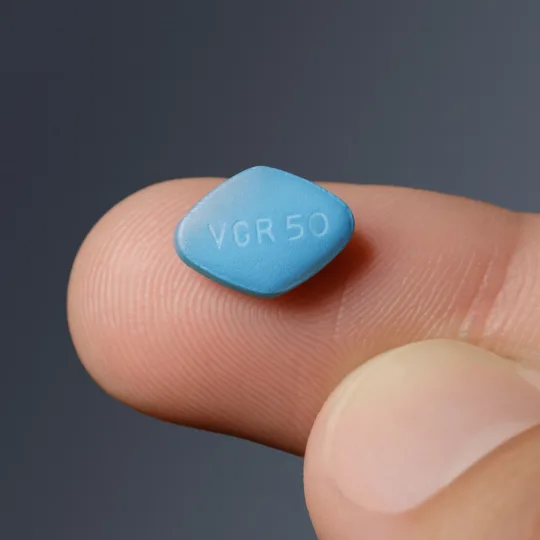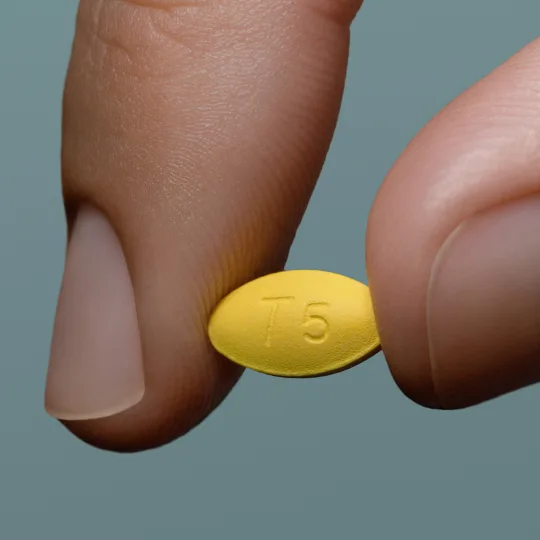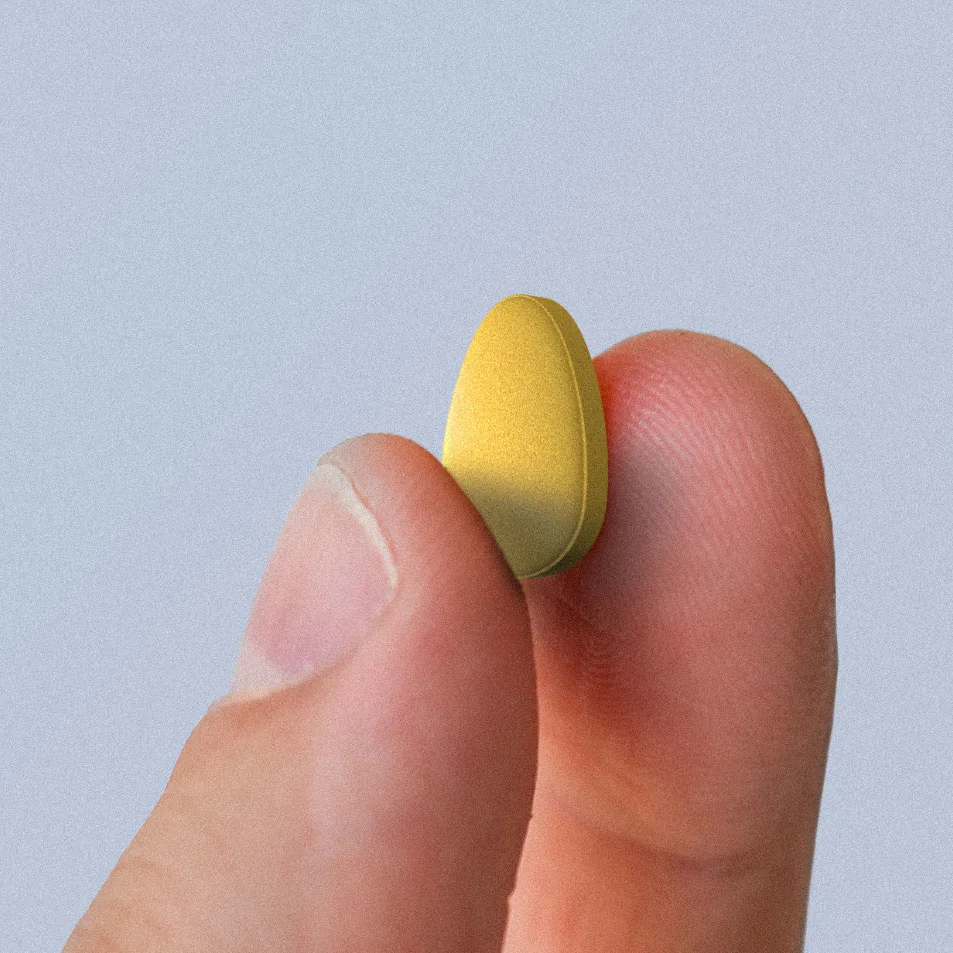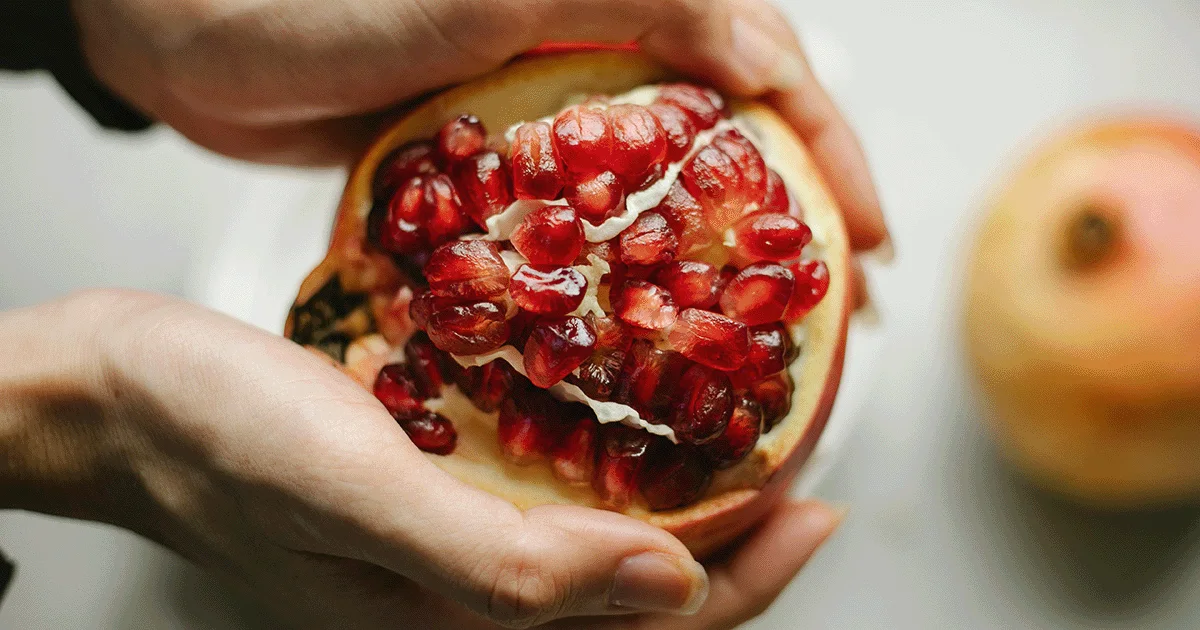Key takeaways
Tamarind has a long history of use in traditional remedies, including as an aphrodisiac, and modern research is beginning to explore its potential sexual health benefits.
Studies suggest that tamarind may support sperm quality, libido, reproductive wellness, and cardiovascular health; however, most evidence comes from animal studies, with limited human trials.
Tamarind is safe as a food and is widely enjoyed in cuisines worldwide, but supplements and extracts still require further study before clear recommendations can be made.
Here's what we'll cover
Here's what we'll cover
Here's what we'll cover
Key takeaways
Tamarind has a long history of use in traditional remedies, including as an aphrodisiac, and modern research is beginning to explore its potential sexual health benefits.
Studies suggest that tamarind may support sperm quality, libido, reproductive wellness, and cardiovascular health; however, most evidence comes from animal studies, with limited human trials.
Tamarind is safe as a food and is widely enjoyed in cuisines worldwide, but supplements and extracts still require further study before clear recommendations can be made.
From “natural aphrodisiac” to “fertility booster,” tamarind has been credited with just about everything under the sun. But is there any science behind its sexy reputation, or is it all pulp and no proof?
Tamarind may benefit sexual health by indirectly supporting fertility, libido, and sperm quality. Its antioxidant effects help protect cells from damage. It may also provide cardiovascular support. While animal studies show promise, further human research is needed to confirm tamarind’s impact on sexual health.
In this article, we discuss some of the primary benefits of tamarind for sexual health and whether this “superfood for sexuality” is just a fad or more likely to be science-based.
4 research-backed tamarind benefits sexually
Tamarind may offer the following sexual benefits:
#1: Sperm quality and male fertility improvement
Some of the most promising research on tamarind relates to male fertility. In animal studies, tamarind was linked to healthier sperm movement and production. While these results are encouraging, they haven’t yet been confirmed in large human trials.
Compounds from tamarind seeds may also play a role in hormone balance. In lab and animal studies, tamarind seed extracts boosted testosterone production in testicular cells, improved energy use within cells, and increased levels of IGF-1, a hormone associated with body growth and metabolism.
Another important piece is antioxidant protection. Antioxidants act as a defense system for sperm, helping to protect them from damage caused by oxidative stress, one of the primary reasons sperm quality can decline.
In fact, a review of 29 studies found that those who took antioxidant supplements saw improvements in sperm health, fertility treatment outcomes, and even live birth rates. While these studies didn’t specifically focus on tamarind, tamarind is naturally rich in antioxidants, which is why it may also support sperm health.
#2: Libido enhancement properties
In many parts of Africa and India, tamarind has long been included in traditional aphrodisiac remedies. Modern research is beginning to explore whether there’s truth to this.
Animal studies suggest tamarind pulp extract may boost sexual desire and arousal, with effects similar to medications used for erectile issues. The extract was also linked to healthier sperm and improved sperm movement in these studies. While this research is promising, it hasn’t yet been confirmed in large human trials.
One possible reason that tamarind fruit benefits may extend to sexual health is its antioxidant compounds. Antioxidants help protect tissues from stress over time and can support healthy blood flow, both of which are important for sexual function.
#3: Cardiovascular support for sexual function
Healthy blood flow is an important part of sexual function, and early research suggests tamarind seeds may have some supportive effects in this area.
Tamarind seed extracts are naturally rich in antioxidants, including flavonoids and polyphenols. In lab studies, these compounds helped protect heart cells under stress, lowered cholesterol in animal models, and reduced certain markers of inflammation.
So what does that have to do with sexual function? Quite a lot. Erections rely on healthy circulation and a molecule called nitric oxide (NO), which helps blood vessels relax and open up. When issues like high blood pressure, diabetes, or excess weight interfere with blood flow, erection problems often follow.
Tamarind’s natural antioxidants may play a small role in supporting heart and blood vessel health, and since good circulation is key for sexual performance, that connection matters.
That said, the strongest ways to protect both your heart and your sex life are still the basics: balanced nutrition, regular activity, and keeping chronic conditions under control.
#4: Antioxidant protection for reproductive health
Oxidative stress occurs when free radicals accumulate and overwhelm the body’s natural defenses, resulting in cellular damage over time.
In lab studies, tamarind seed coat extracts showed strong antioxidant effects, restoring key protective enzymes and limiting damage when cells were exposed to toxins. While this work was focused on the liver, not directly on reproductive organs, it shows tamarind’s potential to strengthen the body’s defenses against stress.
Oxidative stress is a known factor in sexual and reproductive health. Excess free radicals can harm sperm DNA and reduce sperm quality, while lower antioxidant defenses with age can contribute to changes in ovarian and uterine health, which in turn affect fertility.
By supporting antioxidant balance, tamarind may help protect reproductive tissues. More research in humans is still needed, but its natural compounds suggest a possible role in overall reproductive wellness.
Research limitations and what we don't know
Most research on tamarind and sexual health originates from animal studies. While these experiments in rats and mice have shown promising effects, such as boosting sperm health and protecting organs from stress, they don’t always translate directly to humans.
A few safety studies in animals suggest tamarind extracts are well-tolerated even at high doses, with no signs of toxicity or organ damage. That’s reassuring, but it still leaves big questions unanswered, especially when it comes to humans.
There are also gender-specific gaps in the research. Studies have focused on sexual function for those with a penis, leaving little evidence on whether tamarind affects vaginal reproductive or hormonal health in similar ways.
There are very few human clinical trials, and we don’t yet know what amounts of tamarind or which specific forms might be safe or effective for sexual health, or how exactly tamarind could interact with medications you are already taking.
In short, tamarind shows potential, but the science is still in its early stages. More human-focused research is needed before we can say for sure how it supports sexual health, what doses might help, and who should or shouldn’t use it.
How to take tamarind
Tamarind can be eaten or used in different ways, and each form offers a slightly different mix of nutrients and plant compounds.
Form | Key nutrients | Overall benefits |
|---|---|---|
Fresh tamarind fruit (pulp) | Edible part of the pod. Rich in fiber, B and C vitamins, iron, calcium, and natural acids. | Supports digestion and provides antioxidants for overall and reproductive health. |
Tamarind juice or concentrate | Made from fruit pulp, high in tartaric acid and plant antioxidants. | May support circulation and energy or slower aging. |
Tamarind seed powder | Ground seeds contain polyphenols and other antioxidants. | Shows antioxidant and anti-inflammatory effects in early research. |
Tamarind extract | Concentrated form made with water or alcohol. | Lab studies show antioxidant and liver-protective activity; limited human data. |
Fresh tamarind fruit (pulp)
The ripe pulp inside tamarind pods is the part most commonly eaten. It’s a mix of sweet and sour, containing fiber, carbohydrates, and water, along with small amounts of protein and fat.
The pulp also provides important minerals like iron, calcium, magnesium, and phosphorus, plus vitamins such as vitamin C, thiamine, riboflavin, and niacin. Along with fiber, tamarind pulp contains natural plant acids (like tartaric, citric, and malic acids), pectin, and other compounds that give it both its unique flavor and contribute to its nutritional profile.
Fresh tamarind pulp can be enjoyed raw, but it’s also a key ingredient in many traditional dishes. You’ll find it in curries, fish preparations, sauces, and refreshing drinks across Indian, Middle Eastern, and Southeast Asian cuisines.
Tamarind juice and concentrates
Tamarind juice and concentrates come straight from the fruit pulp, which is why they have that tangy-sweet taste you’ll find in sherbets, cool drinks, and some traditional home remedies. They’re also used in cooking and even in the food industry as a source of tartaric acid.
Tamarind pulp naturally contains antioxidants like proanthocyanidins. These are plant compounds also found in the skins of many fruits and vegetables.
These antioxidants help the body reduce oxidative stress, which supports healthy circulation, cellular repair, and slows aspects of aging.
Tamarind seed powder
The seeds of tamarind are often treated as by-products in the pulp industry, but these seeds are actually a good source of beneficial plant compounds in tamarind. They’re rich in phenolic antioxidants such as epicatechin and other polyphenols, which help fight oxidative stress in the body.
Because of this, tamarind seed powder has been studied as a low-cost way to boost nutrition in everyday foods. For example, researchers have tested adding it to cookies and mango juice to increase their antioxidant content.
Another commercial product from the seeds is tamarind kernel powder. It’s sometimes used in industries as an adhesive or binding agent for paper, textiles, and jute products.
Tamarind extract
Extracts prepared using alcohol, water, or other solvents contain concentrated amounts of tamarind's compounds. Studies have found that these extracts can show antioxidant, antimicrobial, antidiabetic, and liver-protective activities, though these effects come mostly from lab and animal studies and don’t represent the benefits of routine tamarind in dietary practices of human beings.
Tamarind benefits sexually for males vs. females
Some of the most studied health benefits of tamarind include its antioxidant activity. Here’s an overview of what the research found.
For males or those with a penis
Some animal studies exploring tamarind benefits sexually for males show promise. In some animal studies, tamarind pulp extract improved measures of sexual desire and arousal, and it was linked to healthier sperm, including better sperm count and movement.
These effects were comparable to those of 4 mg/kg of sildenafil in rodents, although further research in humans is still needed.
There’s also limited evidence from human research. In a small clinical trial on those with premature ejaculation, tamarind seed powder slightly increased the time to ejaculation compared to a placebo; however, these results were not statistically significant.
Together, these findings suggest that while tamarind may support some components of male fertility and sexual function, the evidence is still preliminary and remains mixed.
For females or those with a vagina
While there isn’t much direct research on tamarind benefits sexually for females, its antioxidants may help support reproductive health more broadly.
What we do know is that tamarind is rich in antioxidants, which may support reproductive health more broadly. Since oxidative stress can affect fertility and sexual wellbeing, tamarind’s natural compounds could play a supportive role here too.
How to use tamarind for potential sexual health benefits
There isn’t yet a clear, research-backed “dose” for the benefits of tamarind on sexual health. Most studies to date have been conducted in animals, often using concentrated extracts rather than the fruit itself. Likewise, there isn’t a “right time of day” to take tamarind for sexual health. The simplest approach is to enjoy it regularly, for example, as part of your meals. Tamarind is an integral part of many cuisines around the world, including those of South and Southeast Asia, West and East Africa, and Latin America.
Data regarding tamarind supplements and extracts are limited. A trial on premature ejaculation tested tamarind seed powder at 130 mg per day for four weeks and found tamarind was not significantly different from placebo. Other animal safety studies used higher doses (up to 1000 mg per kg of body weight) and found them well-tolerated, but such studies were performed in rodents and this doesn’t mean such amounts are safe or practical for people.
For now, it’s best to think of tamarind as a nutritious food rather than a standardized supplement.
Tamarind safety considerations
So far, tamarind appears to be generally safe when eaten as food or taken in moderate quantities. Long-term animal studies found no serious side effects, even at relatively high doses. That said, there are some important cautions:
Drug interactions: One small human study showed that tamarind fruit extract increased the absorption of aspirin in healthy volunteers. This means tamarind could potentially change how your body processes certain medications, especially blood thinners.
High doses: While animal studies haven’t shown major toxicity, extremely concentrated extracts haven’t been studied enough in humans to be considered risk-free.
Who should be cautious: If you’re pregnant, breastfeeding, or regularly taking medications, check with a healthcare provider before adding any new supplements to your routine.
When tamarind isn't enough: medical alternatives
Tamarind may offer some supportive benefits for sexual health, but if you’re dealing with ongoing issues like erectile dysfunction (ED) or low libido, medical options are often more effective and reliable.
Several US Food and Drug Administration (FDA)-approved medications are available to treat ED. They work in part by improving blood flow to the penis, helping you get and maintain an erection when sexually aroused.
Cialis (tadalafil): Cialis is known for its long-lasting effects and can work for up to 36 hours.
Viagra (sildenafil): One of the most widely used ED medications, Viagra is typically taken about an hour before sex.
Vardenafil: Taken up to an hour before sex, and is also available in dissolving tablets.
Avanafil: A newer medication that can start working in as little as 15 minutes.
Ro Sparks:* A unique option, Ro Sparks combines sildenafil (the active ingredient in Viagra) and tadalafil (the active ingredient in Cialis) into a single dissolvable tablet. It can start working in as little as 15 minutes and may last up to 36 hours, making it a flexible choice for more spontaneous sex.
Daily Rise Gummies:* These once-a-day fruit-flavored gummies contain tadalafil. By keeping a steady amount of medication in your system, they make it easier to be ready for sex without having to plan around pills.
* Though this particular formulation is not FDA-approved, it is composed of active ingredient(s) that have been individually FDA-approved for ED.
Medical evaluation and potential support for low libido
ED isn’t the only sexual health concern. Low desire is also common in people with a penis or a vagina. Nearly half of women in the US report difficulties with sexual function, and low sexual desire is one of the most frequent issues. In men, low sexual desire is also widespread but often overlooked.
Some people turn to plant-based remedies to support sexual health. Across cultures, certain herbs have traditionally been used to enhance desire, performance, and fertility. Modern research has begun identifying the active compounds behind these effects, such as flavonoids, alkaloids, and saponins, which may influence sexual health.
Most herbal aphrodisiacs still need more rigorous human studies, so while these natural options may complement medical treatments, they shouldn’t replace evidence-based care.
If you’re experiencing low libido, you don’t have to figure it out alone. Talking with a healthcare provider can help you understand what’s going on and what your options are.
Have better sex with Ro
Bottom line: top 4 tamarind benefits sexually
So, is tamarind good for you? The answer is yes, especially as part of a balanced diet. Just keep in mind that supplements and extracts still need more research. Here’s an overview of what we know about the benefits of tamarind so far:
May support male fertility: Animal studies link tamarind extract to improved sperm count and motility, both parameters that are routinely checked in semen analyses.
Could play a role in sexual desire: Tamarind pulp extracts have shown aphrodisiac-like effects in animal models, though we don’t yet know how well these translate to people.
Ties to circulation and heart health: Because good blood flow is important for sexual health, tamarind’s natural antioxidant effects may offer indirect support.
Helps protect against oxidative stress: Compounds like polyphenols and flavonoids may protect tissues from cellular damage, supporting overall reproductive and sexual health in people of all genders.
More human research is needed before you can consider tamarind as a reliable support for sexual health. If you have questions about sex or libido, medical treatments and professional guidance remain the most effective options.
Frequently asked questions (FAQs)
How much tamarind should I consume for sexual health benefits?
There isn’t a proven “dose” of tamarind for sexual health. Most studies were done in animals using extracts, not the fruit itself. For now, it’s best to enjoy tamarind as part of your regular diet rather than relying on supplements.
Is tamarind juice or fresh fruit better for sexual health?
There’s no evidence that tamarind juice is better than fresh fruit for sexual health. However, fresh tamarind pulp eaten soon after harvest is likely to give you the most nutrients and antioxidant activity as opposed to pulp that has been stored in the refrigerator for a while.
The nutritional value of tamarind depends on its ripeness and how it’s stored. Fresh tamarind pulp provides fiber, vitamins, and minerals, while tamarind juice benefits include antioxidants that can support circulation and energy or slower aging.
Are there any side effects of using tamarind sexually?
No, there don’t seem to be side effects for using tamarind sexually. Tamarind appears safe as food, and animal studies suggest it’s well-tolerated.
One small human study found tamarind fruit extract increased how the body absorbs aspirin, so it could change the way your body absorbs other medications as well. Supplements and extracts haven’t been studied enough to fully confirm safety when combined with medications, so always discuss the pros and cons of any lifestyle changes (such as adding supplements to your routine) with healthcare providers.
Can women benefit from tamarind sexually?
Probably not. There’s little research on the effects of tamarind on women sexually, but tamarind is rich in antioxidants that may support reproductive health. Since reducing oxidative stress affects fertility and sexual wellbeing, its natural compounds could offer indirect benefits.
Is tamarind good in pregnancy?
There’s no research confirming tamarind’s effects in pregnancy. Because safety hasn’t been studied, pregnant or breastfeeding people should check with a healthcare provider before using tamarind in supplement form.
Does tamarind thin the blood?
No, tamarind itself doesn’t thin the blood, but one study showed it increased how the body absorbs aspirin. That means it may change how certain medications work, especially blood thinners, so caution is advised.
DISCLAIMER
If you have any medical questions or concerns, please talk to your healthcare provider. The articles on Health Guide are underpinned by peer-reviewed research and information drawn from medical societies and governmental agencies. However, they are not a substitute for professional medical advice, diagnosis, or treatment.
Cialis Important Safety Information: Read more about serious warnings and safety info.
Viagra Important Safety Information: Read more about serious warnings and safety info.
References
Agarwal, A., Virk, G., Ong, C., et al. (2014). Effect of oxidative stress on male reproduction. The World Journal of Men's Health, 32(1), 1–17. doi: 10.5534/wjmh.2014.32.1.1. Retrieved from https://pmc.ncbi.nlm.nih.gov/articles/PMC4026229/
Akter, T., Bulbul, M. R. H., Sama-Ae, I., et al. (2023). Sour Tamarind Is More Antihypertensive than the Sweeter One, as Evidenced by In Vivo Biochemical Indexes, Ligand-Protein Interactions, Multitarget Interactions, and Molecular Dynamic Simulation. *Nutrients, 15(*15), 3402. doi: 10.3390/nu15153402. Retrieved from https://pmc.ncbi.nlm.nih.gov/articles/PMC10420995/
Amir, M., Ahmad, N., Sarfaroz, M., et al. (2019). Tamarindus indica Fruit: Pharmacognostical Standardization, Detection of Contaminant, and In Vitro Antioxidant Activity. Journal of Pharmacy & Bioallied Sciences, 11(4), 355–363. doi: 10.4103/jpbs.JPBS_46_19. Retrieved from https://pmc.ncbi.nlm.nih.gov/articles/PMC6791083/
Bagul, M. B., Sonawane, S. K., & Arya, S. S. (2018). Bioactive characteristics and optimization of tamarind seed protein hydrolysate for antioxidant-rich food formulations. 3 Biotech, 8(4), 218. doi: 10.1007/s13205-018-1240-0. Retrieved from https://pmc.ncbi.nlm.nih.gov/articles/PMC5897252/
Bhadoriya, S. S., Ganeshpurkar, A., Narwaria, J., et al. (2011). Tamarindus indica: Extent of explored potential. Pharmacognosy Reviews, 5(9), 73–81. doi: 10.4103/0973-7847.79102. Retrieved from https://pmc.ncbi.nlm.nih.gov/articles/PMC3210002/
Chauhan, N. S., Sharma, V., Dixit, V. K., et al. (2014). A review on plants used for improvement of sexual performance and virility. BioMed Research International, 2014, 868062. doi: 10.1155/2014/868062. Retrieved from https://pmc.ncbi.nlm.nih.gov/articles/PMC4151601/
Cloutier, F., Roumaud, P., Ayoub-Charette, S., et al. (2020). The intake of an extract from seeds of Tamarindus indica L. modulates the endocrine function of adult male mice under a high fat diet. Heliyon, 6(1), e03310. doi: 10.1016/j.heliyon.2020.e03310. Retrieved from https://pmc.ncbi.nlm.nih.gov/articles/PMC7002859/
DailyMed. (2024). Vardenafil hydrochloride tablet. National Library of Medicine. Retrieved from https://dailymed.nlm.nih.gov/dailymed/drugInfo.cfm?setid=2782efed-6198-47b9-81ac-3e255e2ab7f6
DailyMed. (2023). Stendra - avanafil tablet. National Library of Medicine. Retrieved from https://dailymed.nlm.nih.gov/dailymed/drugInfo.cfm?setid=fa7d93e3-b69b-4e02-8146-89760cd8e9d6
Dhaliwal, A. & Gupta, M. (2023). PDE5 Inhibitors. StatPearls. Retrieved on Oct. 7, 2025 from https://www.ncbi.nlm.nih.gov/books/NBK549843/
Dimitriadis, F., Borgmann, H., Struck, J. P., et al. (2023). Antioxidant Supplementation on Male Fertility-A Systematic Review. Antioxidants (Basel, Switzerland), 12(4), 836. doi: 10.3390/antiox12040836. Retrieved from https://pmc.ncbi.nlm.nih.gov/articles/PMC10135082/
Graham, R.E., Gandhi, T.K., Borus, J., et al. (2008). Risk of Concurrent Use of Prescription Drugs with Herbal and Dietary Supplements in Ambulatory Care. Advances in Patient Safety: New Directions and Alternative Approaches. Retrieved from https://www.ncbi.nlm.nih.gov/books/NBK43772/
Hansen, W. F., Peacock, A. E., & Yankowitz, J. (2002). Safe prescribing practices in pregnancy and lactation. Journal of Midwifery & Women's Health, 47(6), 409–421. doi: 10.1016/s1526-9523(02)00324-0. Retrieved from https://pmc.ncbi.nlm.nih.gov/articles/PMC7167006/
Heimbach, J. T., Egawa, H., Marone, P. A., et al. (2013). Tamarind seed polysaccharide: a 28-day dietary study in Sprague-Dawley rats. International Journal of Toxicology, 32(3), 198–208. doi: 10.1177/1091581813484069. Retrieved from https://pubmed.ncbi.nlm.nih.gov/23616144/
Homayuonfar, A., Aminsharifi, A., Salehi, A., et al. (2018). A Randomized Double-blind Placebo-controlled Trial to Assess the Effect of Tamarind seed in Premature Ejaculation. Advanced Biomedical Research, 7, 59. doi: 10.4103/abr.abr_16_17. Retrieved from https://pmc.ncbi.nlm.nih.gov/articles/PMC5952527/
Hossain, M. B., Akhy, A. A., Habib, M. A., et al. (2025). Proximate composition, phytochemical properties, antioxidants activity and effect of refrigeration for long time storage of two different taste and maturity stage of Tamarindus indica pulp. Food Chemistry Advances, 8, 101094. doi: 10.1016/j.focha.2025.101094. Retrieved from https://www.sciencedirect.com/science/article/pii/S2772753X25002072
Iskandar, I., Setiawan, F., Sasongko, L. D., et al. (2017). Six-Month Chronic Toxicity Study of Tamarind Pulp (Tamarindus indica L.) Water Extract. Scientia Pharmaceutica, 85(1), 10. doi: 10.3390/scipharm85010010. Retrieved from https://pmc.ncbi.nlm.nih.gov/articles/PMC5388147/
Kaltsas, A., Zikopoulos, A., Dimitriadis, F., et al. (2024). Oxidative Stress and Erectile Dysfunction: Pathophysiology, Impacts, and Potential Treatments. Current Issues In Molecular Biology, 46(8), 8807–8834. doi: 10.3390/cimb46080521. Retrieved from https://pmc.ncbi.nlm.nih.gov/articles/PMC11353036/
Kuru, P. (2014). Tamarindus indica and its health related effects. Asian Pacific Journal of Tropical Biomedicine, 4(9), 676–681. doi: 10.12980/APJTB.4.2014APJTB-2014-0173. Retrieved from https://www.sciencedirect.com/science/article/pii/S2221169115300885
Leslie, S. W. & Sooriyamoorthy, T. (2024). Erectile Dysfunction. StatPearls. Retrieved on Oct. 7, 2025 from https://www.ncbi.nlm.nih.gov/books/NBK562253/
Lobo, V., Patil, A., Phatak, A., et al. (2010). Free radicals, antioxidants and functional foods: Impact on human health. Pharmacognosy Reviews, 4(8), 118–126. doi: 10.4103/0973-7847.70902. Retrieved from https://pmc.ncbi.nlm.nih.gov/articles/PMC3249911/
Meldrum, D. R., Gambone, J. C., Morris, M. A., et al. (2011). The link between erectile and cardiovascular health: the canary in the coal mine. The American Journal of Cardiology, 108(4), 599–606. doi: 10.1016/j.amjcard.2011.03.093. Retrieved from https://pubmed.ncbi.nlm.nih.gov/21624550/
Mustapha, A., Yakasai, I. A., & Aguye, I. A. (1996). Effect of Tamarindus indica L. on the bioavailability of aspirin in healthy human volunteers. European Journal of Drug Metabolism and Pharmacokinetics, 21(3), 223–226. doi: 10.1007/BF03189717. Retrieved from https://pubmed.ncbi.nlm.nih.gov/8980919/
Natukunda, S., Muyonga, J. H., & Mukisa, I. M. (2015). Effect of tamarind (Tamarindus indica L.) seed on antioxidant activity, phytocompounds, physicochemical characteristics, and sensory acceptability of enriched cookies and mango juice. Food Science & Nutrition, 4(4), 494–507. doi:10.1002/fsn3.311. Retrieved from https://pmc.ncbi.nlm.nih.gov/articles/PMC4930494/
Pettigrew, J. A. & Novick, A. M. (2021). Hypoactive Sexual Desire Disorder in Women: Physiology, Assessment, Diagnosis, and Treatment. Journal of Midwifery & Women's Health, 66(6), 740–748. doi: 10.1111/jmwh.13283. Retrieved from https://pmc.ncbi.nlm.nih.gov/articles/PMC8673442/
Pizzino, G., Irrera, N., Cucinotta, M., et al. (2017). Oxidative Stress: Harms and Benefits for Human Health. Oxidative Medicine and Cellular Longevity, 2017, 8416763. doi: 10.1155/2017/8416763. Retrieved from https://pmc.ncbi.nlm.nih.gov/articles/PMC5551541/
Ra, K., Park, S. C., & Lee, B. C. (2023). Female Reproductive Aging and Oxidative Stress: Mesenchymal Stem Cell Conditioned Medium as a Promising Antioxidant. International Journal of Molecular Sciences, 24(5), 5053. doi: 10.3390/ijms24055053. Retrieved from https://pmc.ncbi.nlm.nih.gov/articles/PMC10002910/
Rai, A., Das, S., Chamallamudi, M. R., et al. (2018). Evaluation of the aphrodisiac potential of a chemically characterized aqueous extract of Tamarindus indica pulp. Journal of Ethnopharmacology, 210, 118–124. doi: 10.1016/j.jep.2017.08.016. Retrieved from https://pubmed.ncbi.nlm.nih.gov/28830817/
Rubio-Aurioles, E. & Bivalacqua, T. J. (2013). Standard operational procedures for low sexual desire in men. The Journal of Sexual Medicine, 10(1), 94–107. doi: 10.1111/j.1743-6109.2012.02778.x. Retrieved from https://pubmed.ncbi.nlm.nih.gov/22971157/
Sandesh, P., Velu, V., & Singh, R. P. (2014). Antioxidant activities of tamarind (Tamarindus Indica) seed coat extracts using in vitro and in vivo models. Journal of Food Science and Technology, 51(9), 1965–1973. doi: 10.1007/s13197-013-1210-9. Retrieved from https://pmc.ncbi.nlm.nih.gov/articles/PMC4152496/
Silva, F. M., Leite, M. F., Spadaro, A. C., et. al. (2009). Assessment of the potential genotoxic risk of medicinal Tamarindus indica fruit pulp extract using in vivo assays. Genetics and Molecular Research : GMR, 8(3), 1085–1092. doi: 10.4238/vol8-3gmr630. Retrieved from https://pubmed.ncbi.nlm.nih.gov/19768670/
Spencer, J. P., Thomas, S., & Trondsen Pawlowski, R. H. (2022). Medication Safety in Breastfeeding. American Family Physician, 106(6), 638–644. Retrieved from https://pubmed.ncbi.nlm.nih.gov/36521462/
Surinkaew, S., Mongkolpathumrat, P., Nissapatorn, V., et al. (2022). Anti-ischemic effect of Tamarindus indica L. seed extract against myocardial hypoxic injury. F1000Research, 11, 1235. doi: 10.12688/f1000research.126051.1. Retrieved from https://pmc.ncbi.nlm.nih.gov/articles/PMC11046188/
U.S. Food and Drug Administration (FDA). (2018). Highlights of prescribing information: Cialis (tadalafil) tablets, for oral use. Retrieved from https://www.accessdata.fda.gov/drugsatfda_docs/label/2018/021368s030lbl.pdf
U.S. Food and Drug Administration (FDA). (2017). Highlights of prescribing information: Viagra (sildenafil citrate) tablets, for oral use. Retrieved from https://www.accessdata.fda.gov/drugsatfda_docs/label/2017/020895s048lbl.pdf
Uchenna, U. E., Shori, A. B., & Baba, A. S. (2018). Tamarindus indica seeds improve carbohydrate and lipid metabolism: An in vivo study. Journal of Ayurveda and Integrative Medicine, 9(4), 258–265. doi: 10.1016/j.jaim.2017.06.004. Retrieved from https://pubmed.ncbi.nlm.nih.gov/29203351/
Walke, G., Gaurkar, S. S., Prasad, R., et al. (2023). The Impact of Oxidative Stress on Male Reproductive Function: Exploring the Role of Antioxidant Supplementation. Cureus, 15(7), e42583. doi: 10.7759/cureus.42583. Retrieved from https://pmc.ncbi.nlm.nih.gov/articles/PMC10460465/



